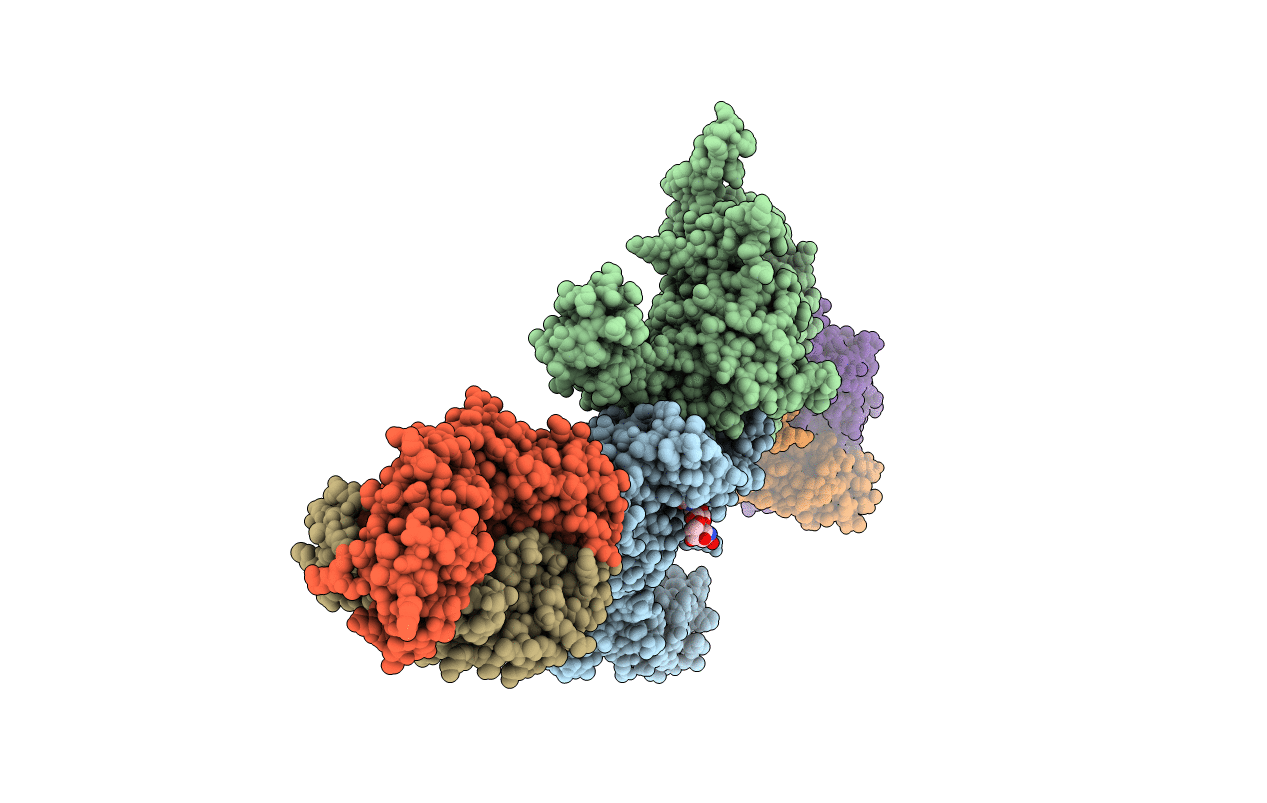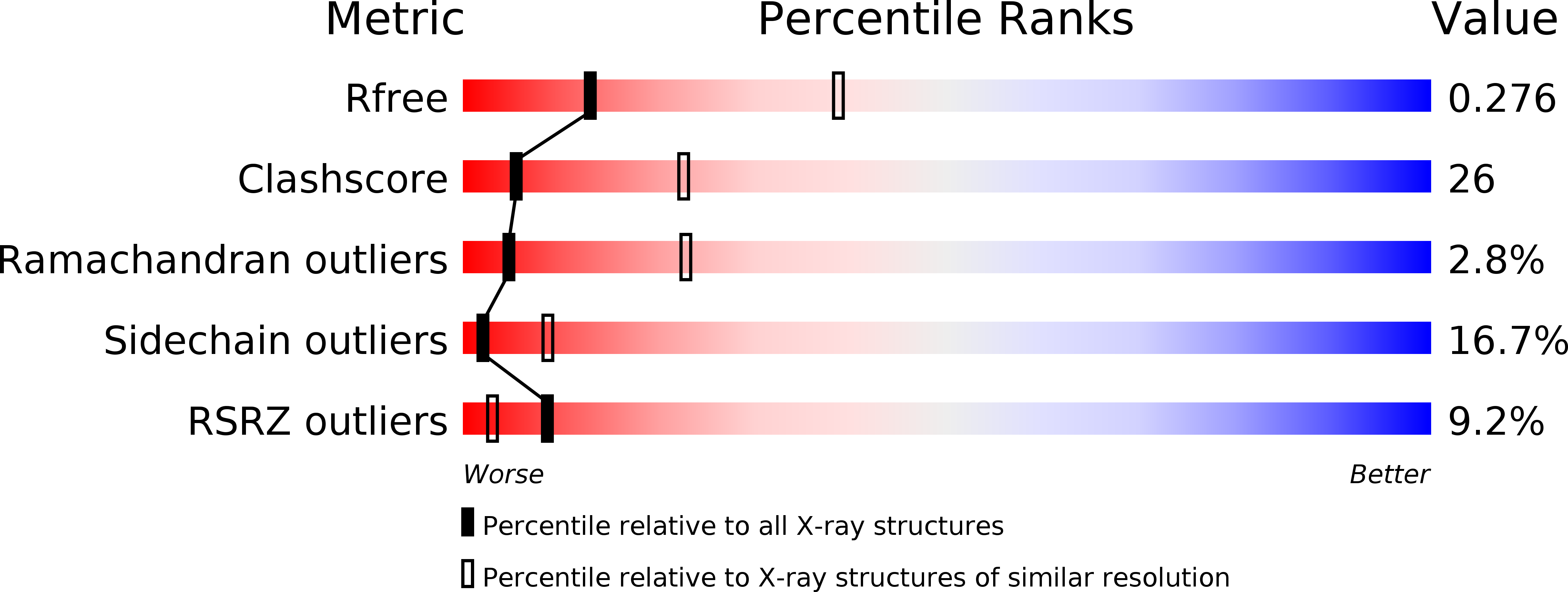
Deposition Date
2013-11-15
Release Date
2015-05-27
Last Version Date
2024-11-13
Entry Detail
PDB ID:
3WLW
Keywords:
Title:
Molecular Architecture of the ErbB2 Extracellular Domain Homodimer
Biological Source:
Source Organism:
Homo sapiens (Taxon ID: 9606)
Host Organism:
Method Details:
Experimental Method:
Resolution:
3.09 Å
R-Value Free:
0.26
R-Value Work:
0.23
R-Value Observed:
0.23
Space Group:
P 1


